Recreatief
55 km
The Havelterberg route is a varied cycling tour through rural Drenthe. The route takes you past peaceful natural landscapes with rich histories, dotted with picturesque villages such as Havelte and Ruinerwold. Around the ‘Holtingerveld’ Natura 2000 reserve, a large number of dolmens and burial mounds have been found. This stunning natural landscape is home to a herd of around 350 sheep. The green village of Havelte is also referred to as ‘the pearl of Drenthe’. The village is situated along the Drenthe Hoofdvaart waterway. This strategic position saw the Germans establish their large military airbase Fliegerhorst here during the Second World War. However, the airbase was never in use as such, as it was bombed by the Allies soon after. It is now used as a military training area.
The town of Mep…
The Havelterberg route is a varied cycling tour through rural Drenthe. The route takes you past peaceful natural landscapes with rich histories, dotted with picturesque villages such as Havelte and Ruinerwold. Around the ‘Holtingerveld’ Natura 2000 reserve, a large number of dolmens and burial mounds have been found. This stunning natural landscape is home to a herd of around 350 sheep. The green village of Havelte is also referred to as ‘the pearl of Drenthe’. The village is situated along the Drenthe Hoofdvaart waterway. This strategic position saw the Germans establish their large military airbase Fliegerhorst here during the Second World War. However, the airbase was never in use as such, as it was bombed by the Allies soon after. It is now used as a military training area.
The town of Meppel with its rich history definitely warrants a stopover. Meppel is a lovely town with clear signs of its rich trading history. Marvel at the beautiful houses with their unique details.
This cycling route (Havelterberg route) spans 54 kilometres and leads you past a variety of Drenthe’s highlights.
The route starts in Havelterberg. There is plenty of parking available near the starting point.
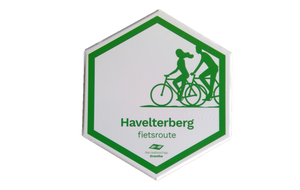

Waypoint bike 1
Darp
Navigate to starting point
The most colourful day out! Enjoy the exotic, colourful flying jewels of nature in a specially created piece of tropical jungle. That is Butterfly Paradise ‘Papiliorama’
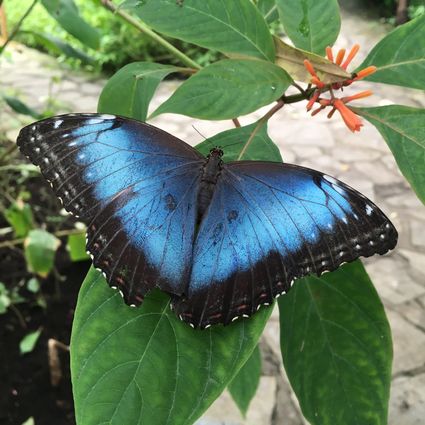

Vlinderparadijs Papiliorama
van Helomaweg 14
7971PX Havelte
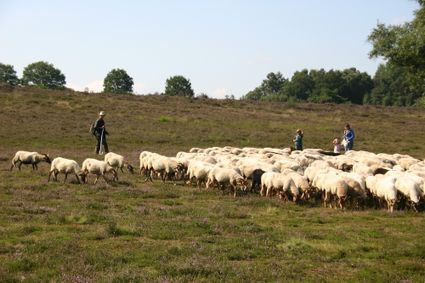
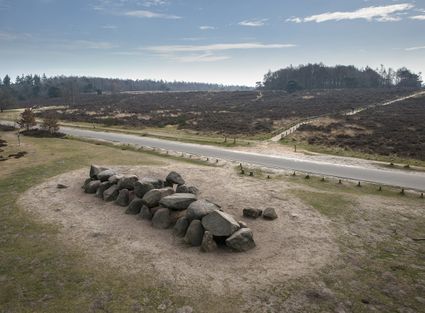
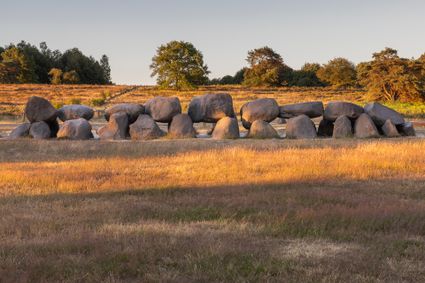
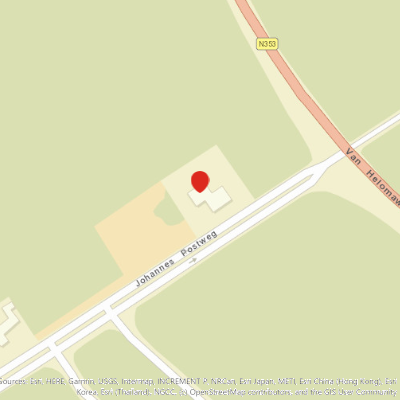


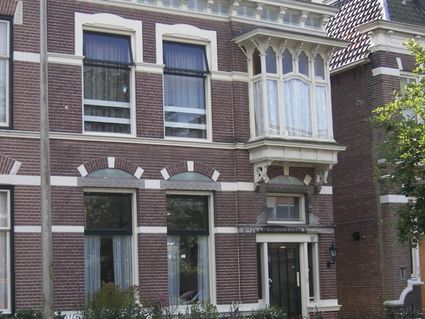
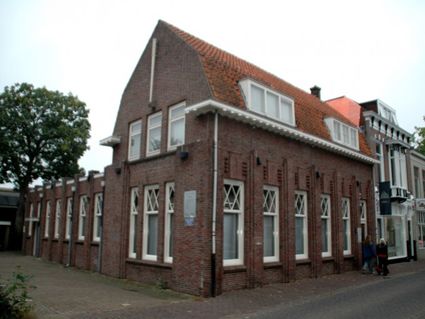


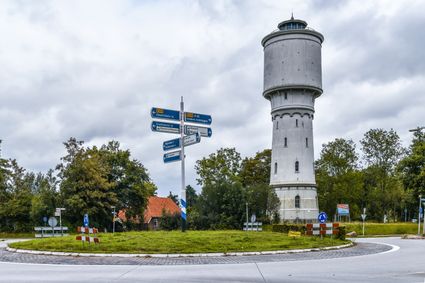
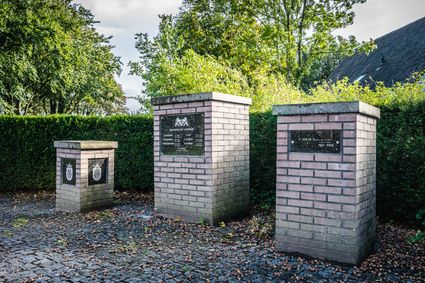
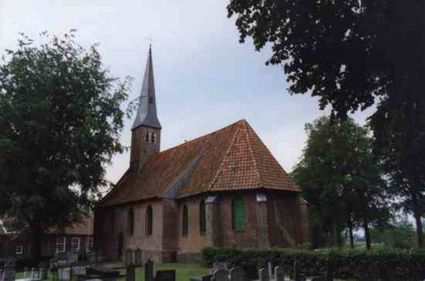
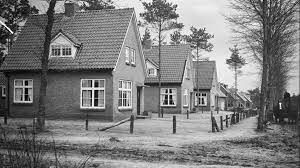
Waypoint bike 1
Darp
Navigate to endpoint
Waypoint bike 1
Darp
Navigate to starting point
Waypoint bike 1
Darp
Navigate to endpoint